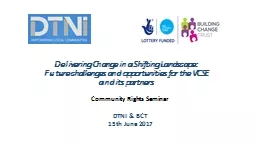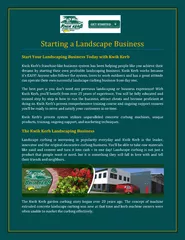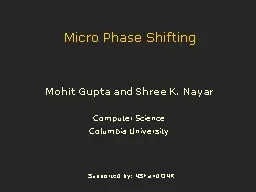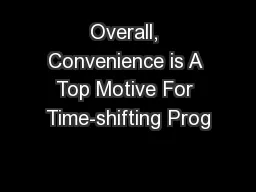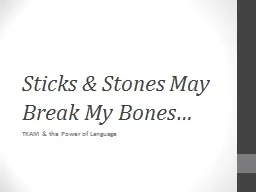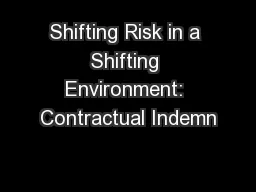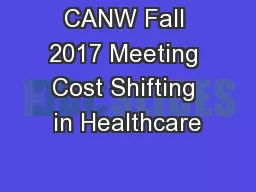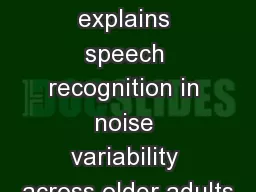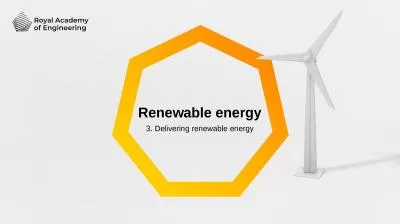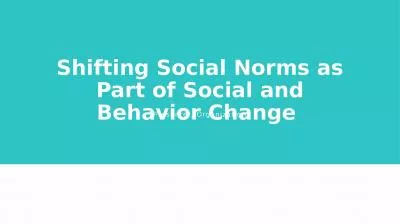PPT-Delivering Change in a Shifting Landscape:
Author : marina-yarberry | Published Date : 2017-12-05
Future challenges and opportunities for the VCSE and its partners Community Rights Seminar DTNI amp BCT 15th June 2017 The BCT VCSE Futures Programme 2016
Presentation Embed Code
Download Presentation
Download Presentation The PPT/PDF document "Delivering Change in a Shifting Landscap..." is the property of its rightful owner. Permission is granted to download and print the materials on this website for personal, non-commercial use only, and to display it on your personal computer provided you do not modify the materials and that you retain all copyright notices contained in the materials. By downloading content from our website, you accept the terms of this agreement.
Delivering Change in a Shifting Landscape:: Transcript
Download Rules Of Document
"Delivering Change in a Shifting Landscape:"The content belongs to its owner. You may download and print it for personal use, without modification, and keep all copyright notices. By downloading, you agree to these terms.
Related Documents

